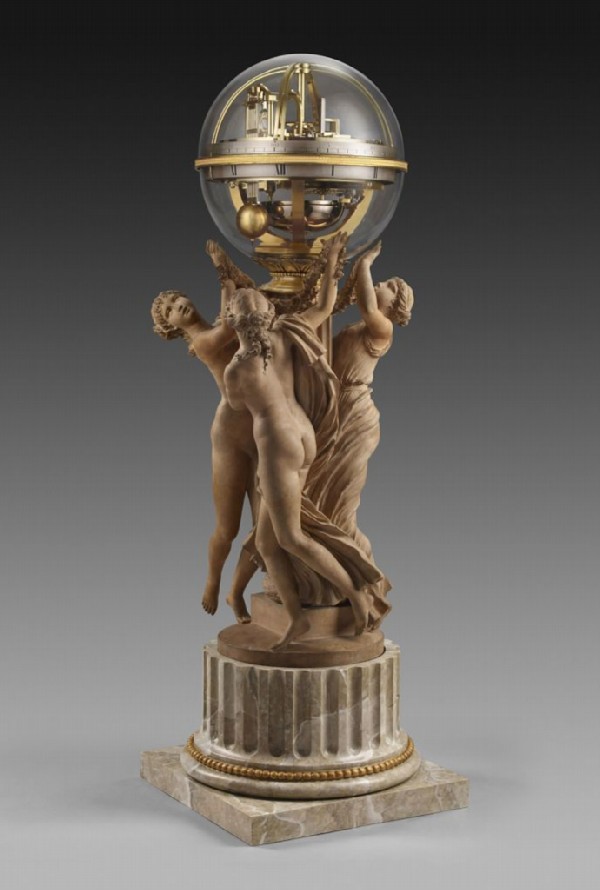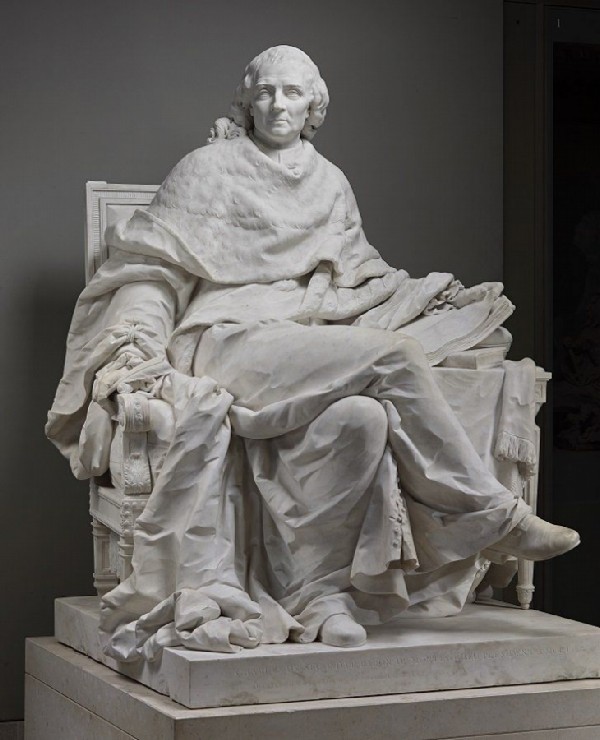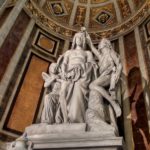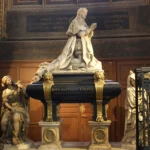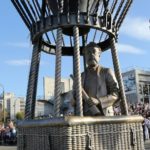Clodion French sculptor
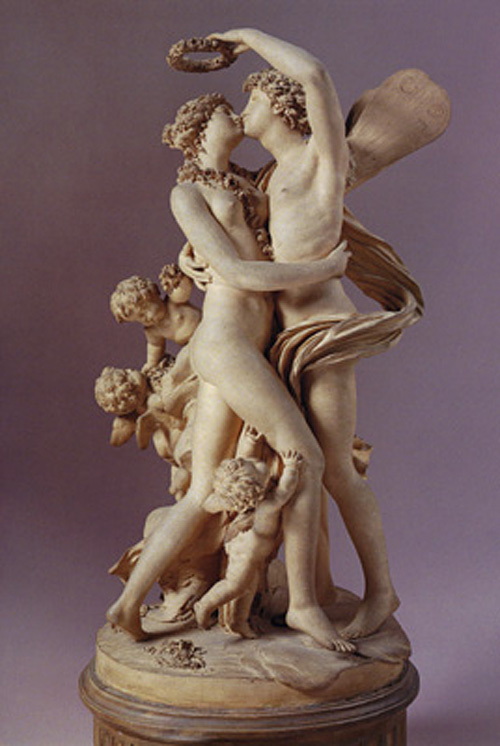
Clodion (December 20, 1738 – March 29, 1814) – a famous French sculptor of the second half of the 18th – early 19th centuries, a prominent representative of neoclassicism. Clodion was a brilliant master of chamber art. He became famous for making small figurines in the Rococo style. Most of the original works the artist created from baked clay, only a small number of masterpieces of his work are made in marble and bronze.
Clodion lived most of his life in France, although among his regular customers were many rich and influential foreigners. It is reliably known that the Russian Empress Catherine the Great invited the sculptor to permanent residence in St. Petersburg, but the master flatly refused to accept this advantageous offer.
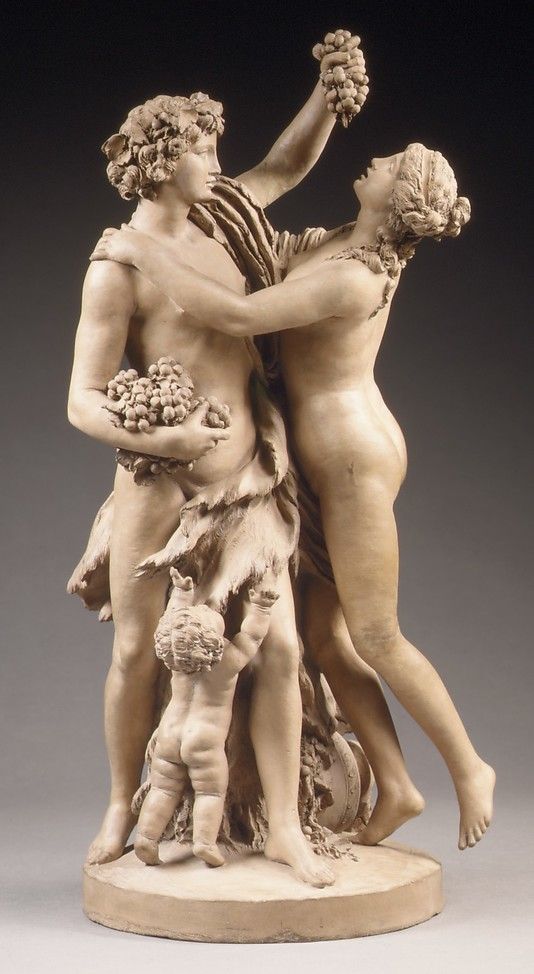
Biography of Clodion
He was the youngest, tenth child in a family of hereditary sculptors. Little Claude was fond of drawing and modeling since childhood. He gladly helped his father in the studio and by the age of seventeen had fully mastered the basics of sculptural art.
In 1755, the young man went to Paris, where he first continued his professional training in the workshop of his uncle. And after the death of a mentor in 1759, he got a job as an assistant to another Parisian sculptor – Jean-Baptiste Pigalle.
Clodion won the Grand Prize of the Royal Academy of Arts in the Young Sculptor Competition the same year. In addition to the monetary reward, he was entitled to a retirement trip to Italy for further education.
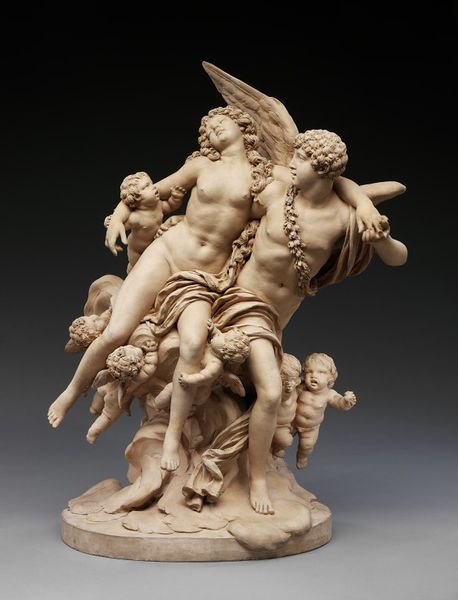
Italy
In 1762, the artist went to the Apennine Peninsula, where he spent the next nine years. The young man made a favorable impression on the director of the French Academy and throughout his stay in Rome was considered one of the best students.
Unlike most of his classmates, Clodion was very responsible for his studies and never skipped classes. Therefore, the leadership of the Academy allowed him to stay for another four years in Rome.
It was not in vain that Clodion did not want to leave the capital of Italy, since here he very successfully began to build an independent professional career. The young master, in his spare time from his studies, took up the manufacture of terracotta figurines.
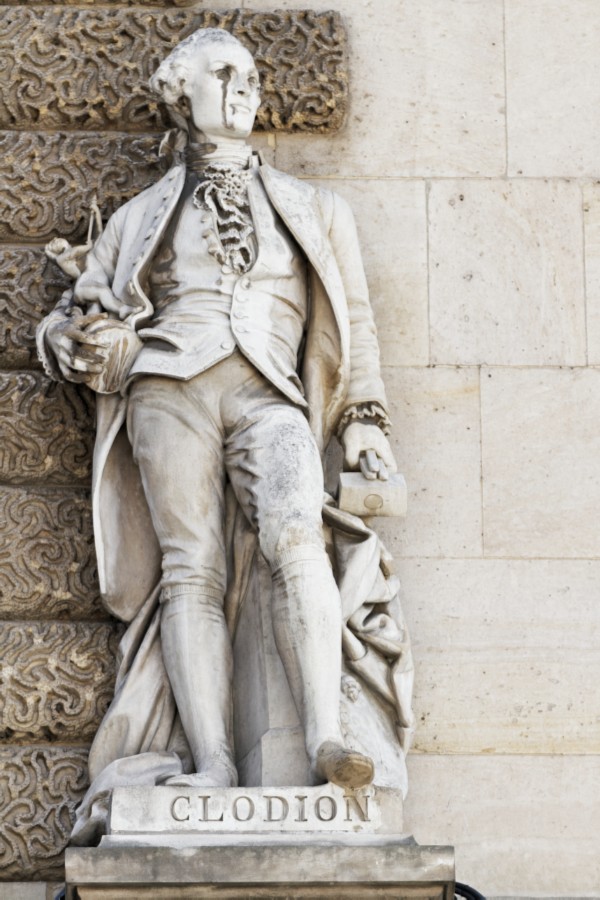
Paris
In 1773, Clodion presented his work for the first time at the Paris Salon and became a full member of the Academy of Arts. The heyday of his work began, which lasted until the French Revolution.
In 1783, Clodion married for the only time in his life, but this marriage was unsuccessful. A few years after the wedding, he divorced. The artist had no children, he spent the rest of his days alone.
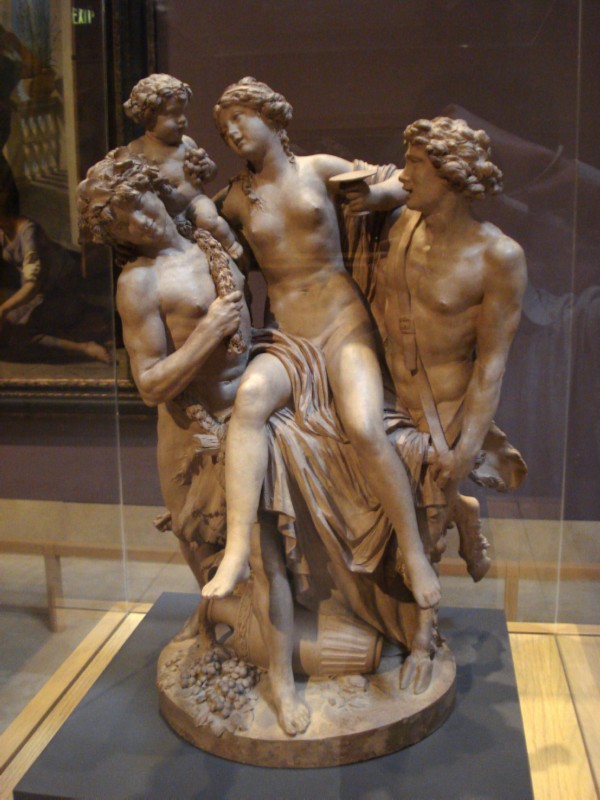
The measured rhythm of the master’s life was destroyed by the Great French Revolution in 1789. The art market collapsed, and the artist found himself without a livelihood. In these difficult conditions, Clodion was forced to flee from the capital to his historical homeland, to Nancy, where he spent the next six years.
In 1798 the situation in the country stabilized, and the master again moved to the capital. But by that time, tastes in Parisian society had already changed and no one needed the 60-year-old master. The aging sculptor continued to create in his workshop until his death and managed to create dozens of original works. And on March 29, 1814, Clodion died alone in his Parisian mansion at the age of 75.
